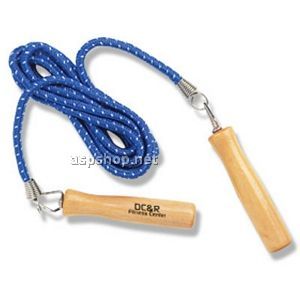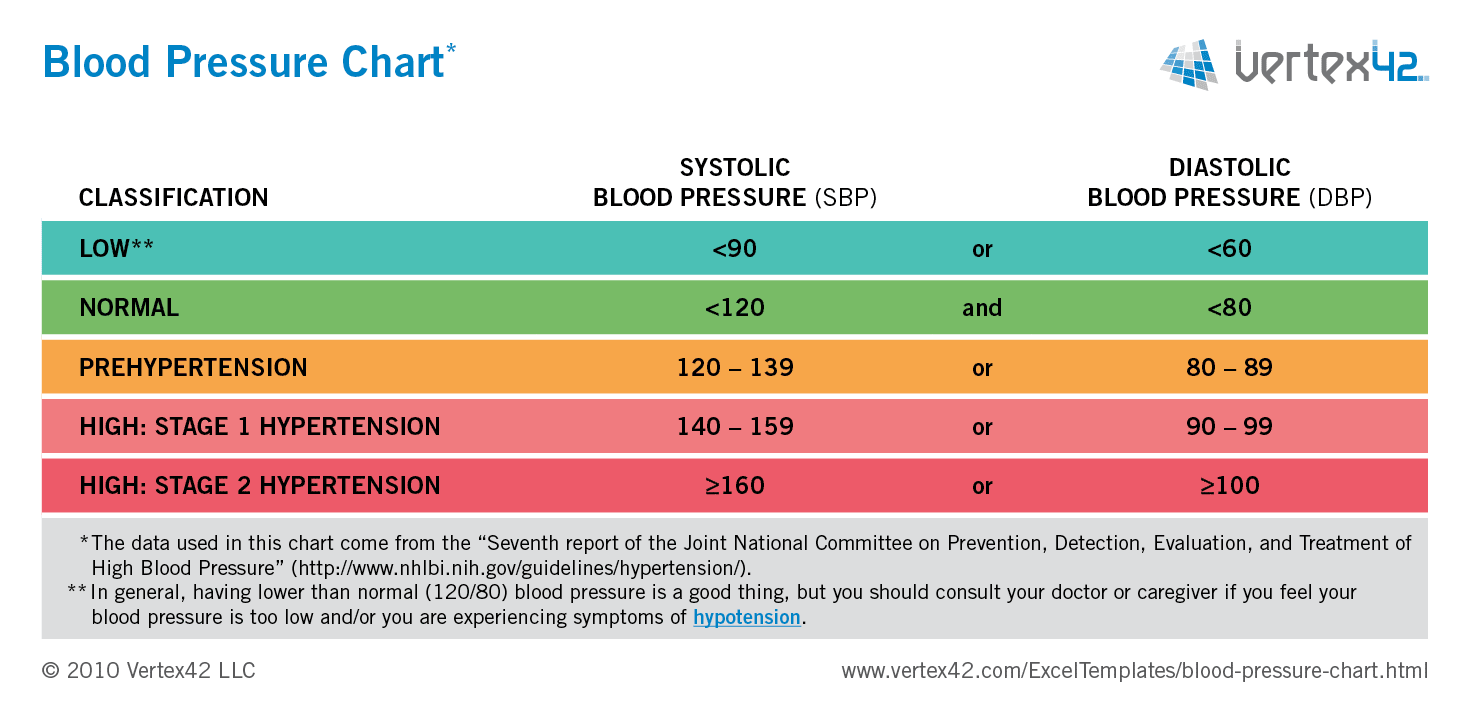As the holiday season approaches is important that we take the time to take care of ourselves. We are 3 dimensional beings nurturing mind, body, and spirit. The stress of this time of year can take its toll on everyone. I propose we all take time out for Random Acts of Mind, Body and Spirit!
Random acts of RELAXATION (MIND): The holidays should be fun, but instead, they can be wracked with stress, anxiety and sometimes even depression. By taking random moments just for you, you can help to reduce some of the anxiety and stress. Meditation, prayer and biofeedback are great ways to relax. Taking time to read a good book, taking a leisurely walk or playing a game with the kids are also ways to unwind.
Random acts of EXERCISE (BODY): As the time crunch hits and the holiday parties abound, finding little random moments to exercise can help keep your fitness plan on track and ward off some of the holiday pounds. Find multiple times during the day where you can take a 2-10 minute exercise break. These can be structured exercises like jumping jacks, lunges, or push ups, or spur of the moment opportunities, like taking an extra flight of stairs or dancing around the house. These become cumulative and can help your holiday season run smooth while you stay fit.
Random acts of KINDNESS (SPIRIT): It is especially nice during this time of year to reach out and touch the spirit of another person. You might make their day or even their holiday season. These acts do not need to be lavish or extravagant. They can be as simple as buying someone their holiday meal, or sharing a smile or a kind word.
By combining Random Acts of Relaxation, Exercise and Kindness we address each component of the individual. Together, they will relieve stress, keep us healthy, and allow us to reach out and help a neighbor. HAVE A BLESSED HOLIDAY SEASON!











